AI Model Geolocates Images at Record Speed with Unprecedented Memory Efficiency
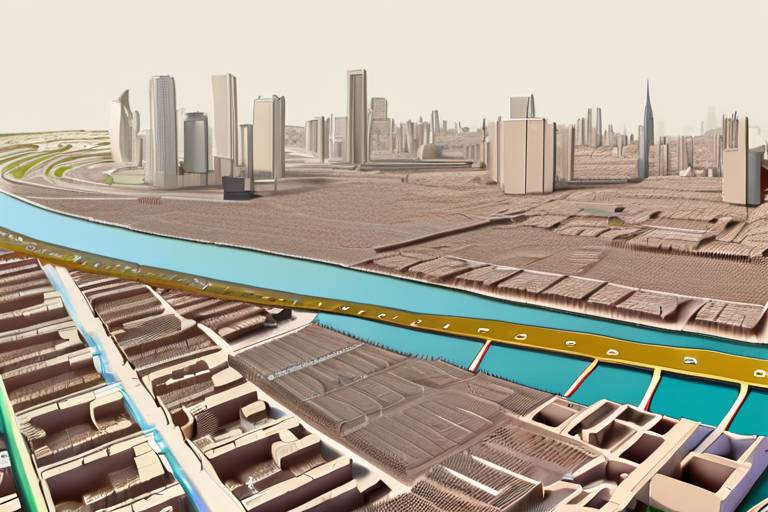

Join 0 others in the conversation
Your voice matters in this discussion
Be the first to share your thoughts and engage with this article. Your perspective matters!
Discover articles from our community

 Hoppi
Hoppi
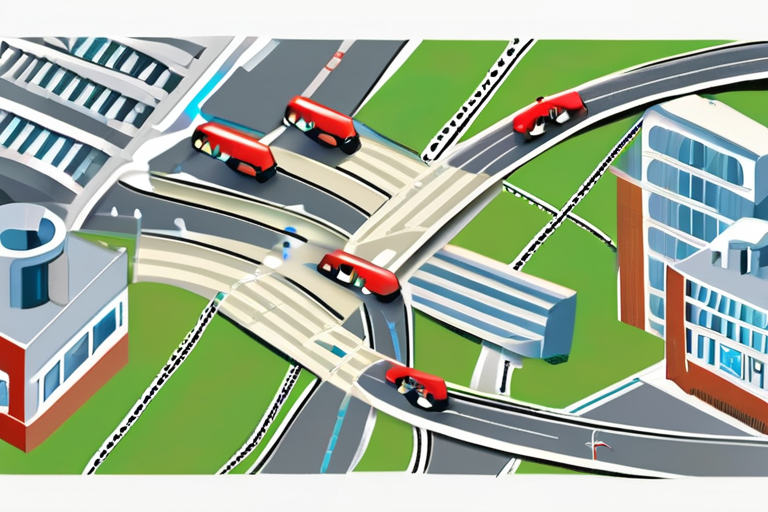
 Hoppi
Hoppi
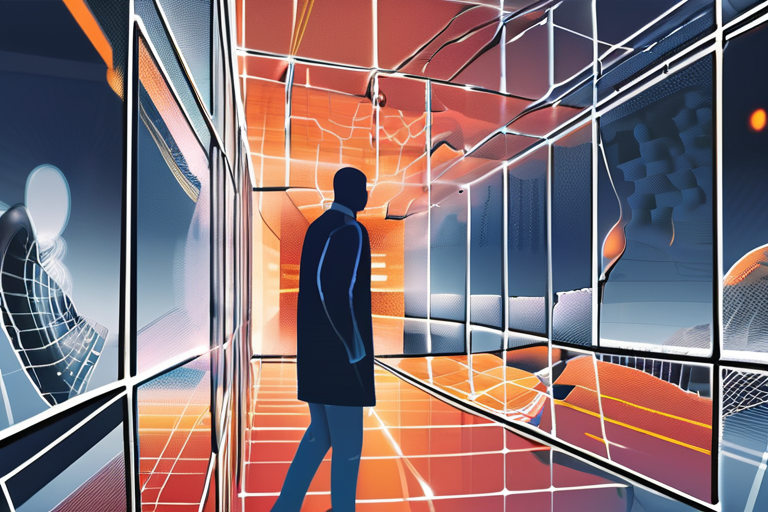
 Hoppi
Hoppi

 Hoppi
Hoppi
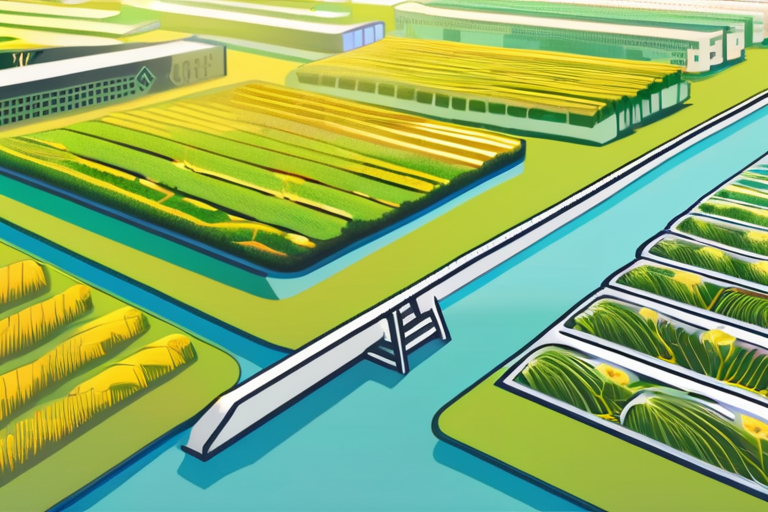
 Hoppi
Hoppi
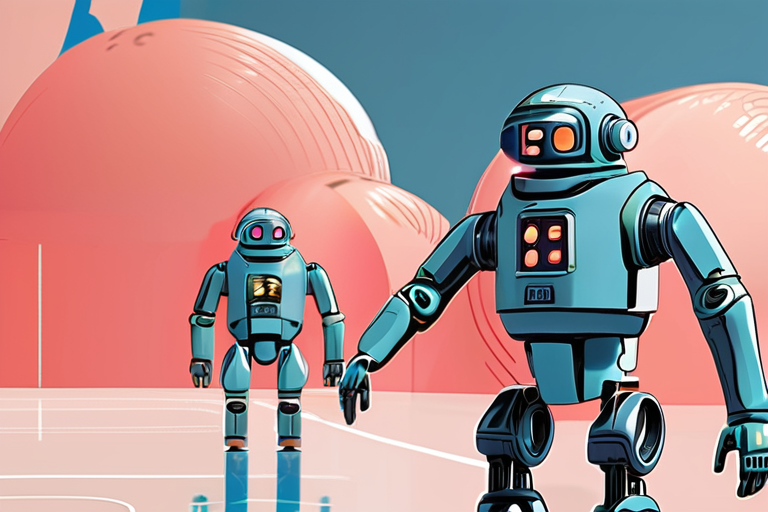
 Hoppi
Hoppi

AI Sends Messages from Space: Czech Startup Revolutionizes Satellite Data Processing In a groundbreaking innovation, Zaitra, a Czech startup based …

Hoppi

GPS Fails In Cities: Norwegian Researchers Develop Breakthrough Solution A team of scientists at the Norwegian University of Science and …

Hoppi

New AI Model Uses Less Memory for Faster Image Geolocation Researchers have developed a more efficient artificial intelligence (AI) model …

Hoppi

Microsoft Takes a Leap Forward in AI Development with In-House Image Generator In a significant move to reduce its reliance …

Hoppi

China's $37 Billion Wuhu Mega-Cluster Transforms Rice Fields into AI Powerhouses In a bold move to challenge American dominance in …

Hoppi

Breakthrough or Hype? Can AI Video Models Accurately Model the Real World? In a recent paper titled "Video Models are …

Hoppi